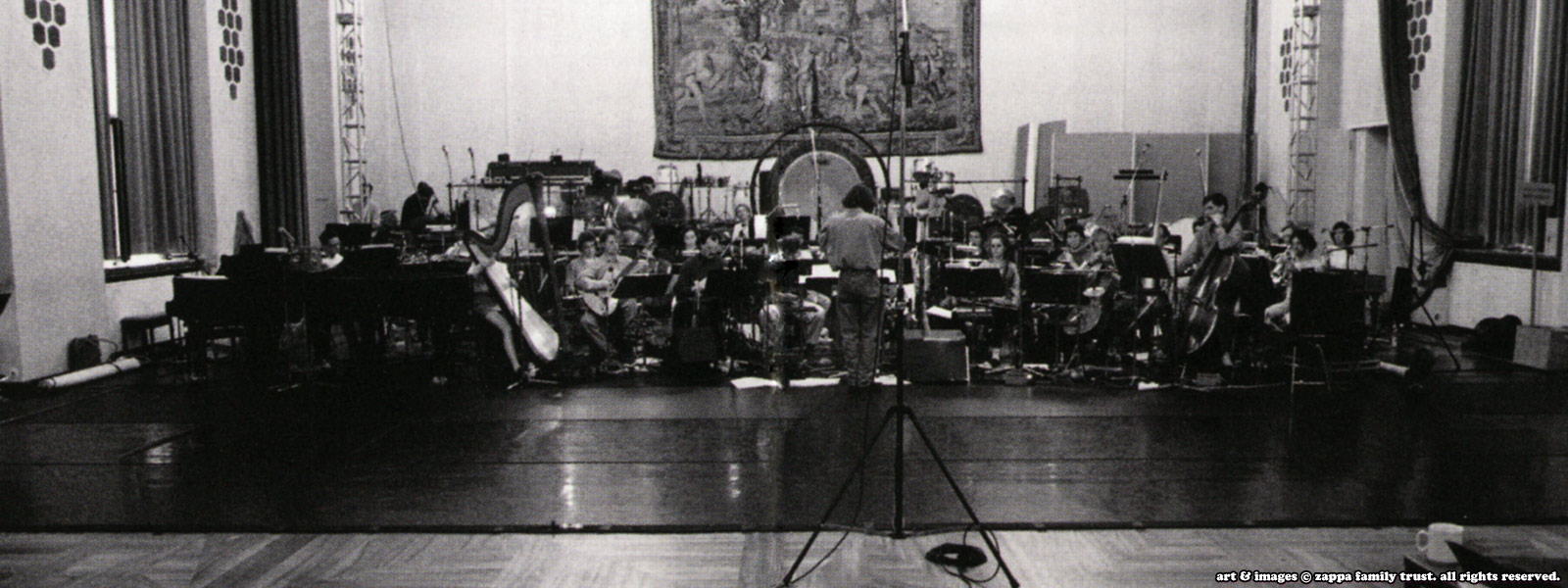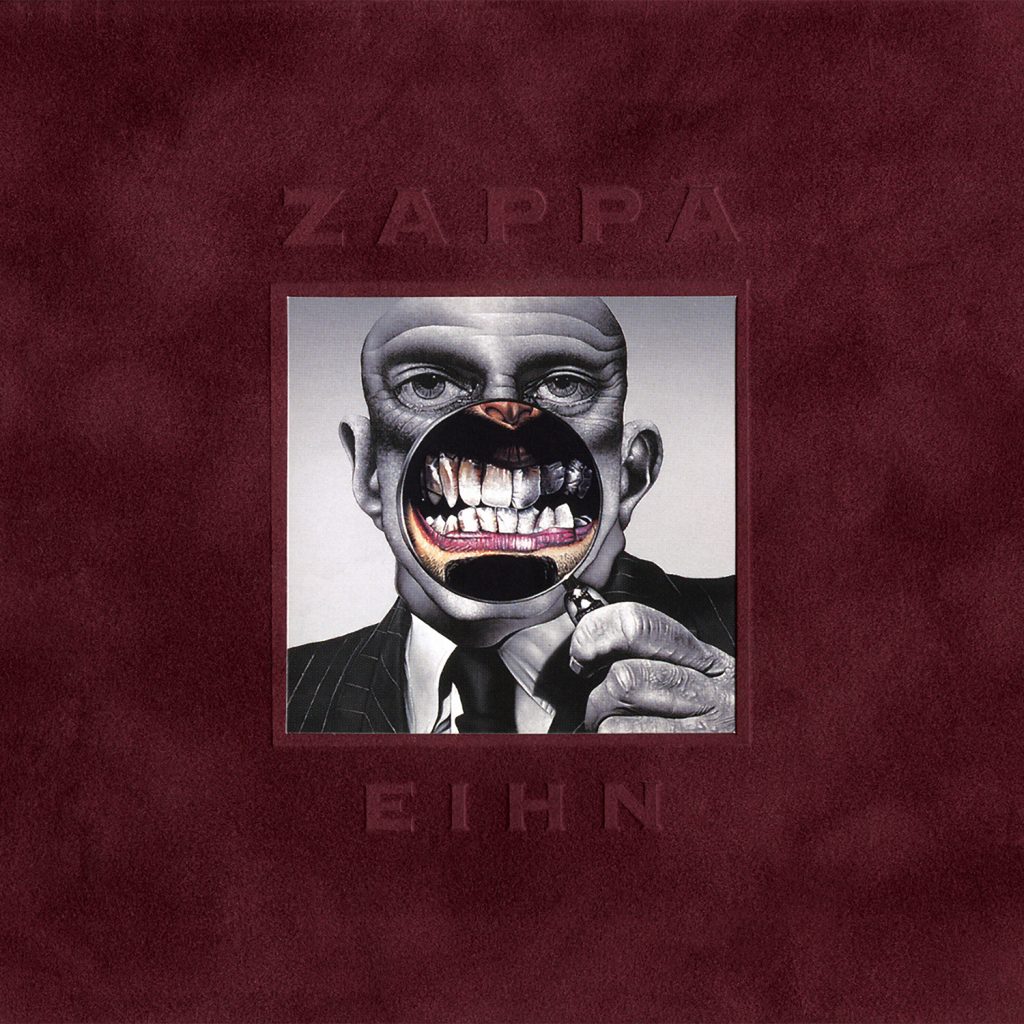Tracks
- Library Card
- This Is A Test
- Jolly Good Fellow
- Roland's Big Event/Strat Vindaloo
- Master Ringo
- T’Mershi Duween
- Nap Time
- 9/8 Objects
- Naked City
- Whitey (Prototype)
- Amnerika Goes Home
- None Of The Above (Revised & Previsited)
- Wonderful Tattoo!


Produced by: FZ